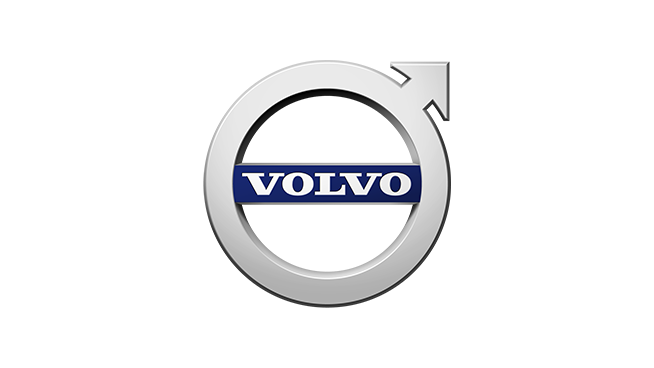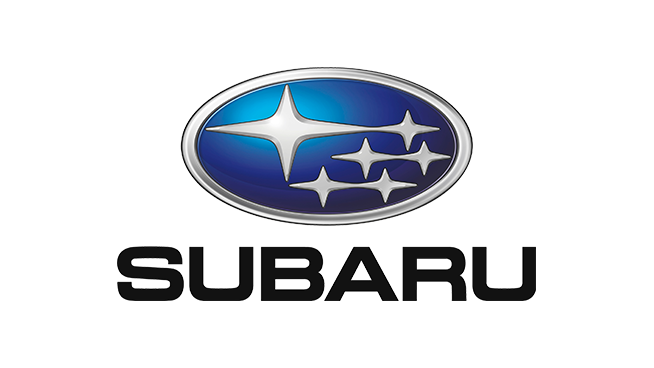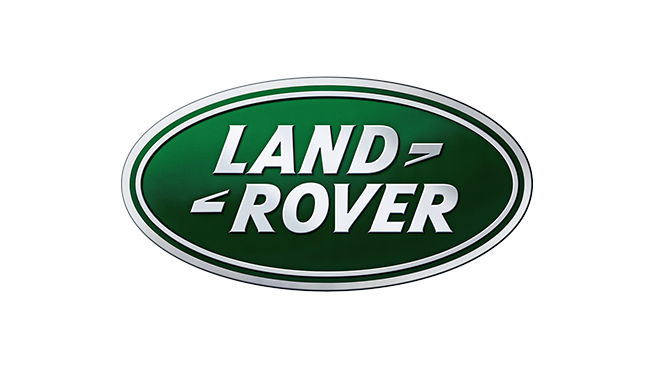Blog
Mergers and Purchases Review
Many CEOs see acquisitions as a way to boost short-term earnings and jump-start long-term development. Unfortunately, review following study puts the inability rate of M&A deals at 70%-90%. That’s a lot of money and time misplaced for a mug’s game in which the acquirer’s publish price sometimes falls after an announcement.
A few exclusions do exist: The purchase of Up coming simply by Apple so that now seems as if a simple amount kept the company make the level for one of corporate history’s greatest piles of value. Google’s rolling purchase of Android offered it the largest presence in one of the world’s most critical product marketplaces. And Warren Buffett’s moving acquisition of GEICO from 1951 to 1996 turned this into Berkshire Hathaway, debatably the world’s most good financial institution.
Despite these high-profile successes, the M&A materials is full of warnings about overpaying to get LBM discounts. Many a great executive features caught ‘deal fever’ and paid a lot of for what might have been a cheap, low-risk entry in an attractive industry. The result has become a spectacularly pricey and terribly executed deal.
You will find three primary types of M&A offers: a merger, a purchase and an asset swap. A merger is when two companies combine into a single entity with a new property and supervision structure. Within a purchase combination, the stock of the two companies can be surrendered and replaced with stocks in the combined entity. Within an asset swap, the attaining firm basically takes over a company’s virtual data room costs assets and rights to use them, but is not its ownership and supervision structure.



















